How far is Venus from the Earth and the Sun?
11th Jul 2023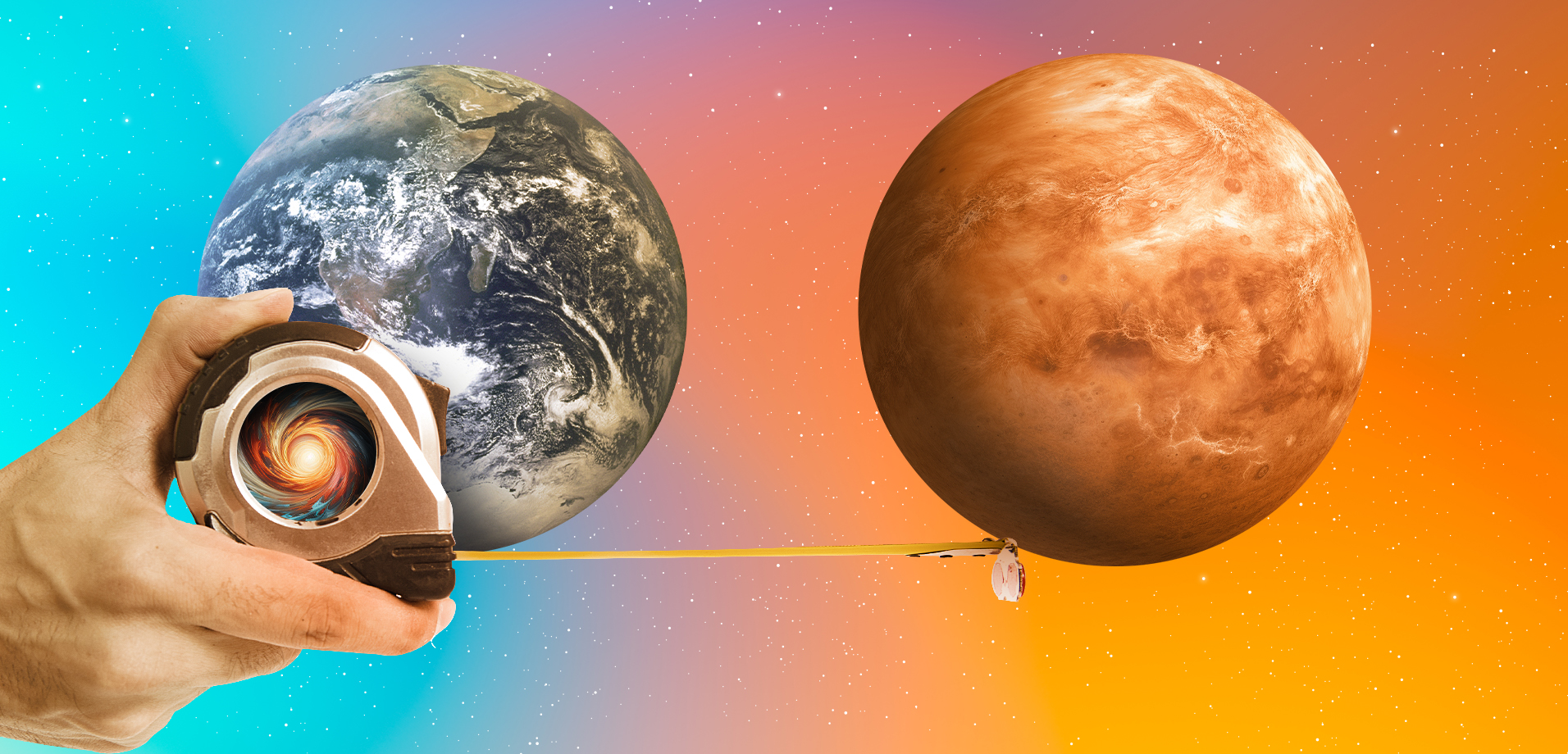
Venus is the brightest, most beautiful and closest planet to us. Paradoxically, we know both a lot and a little about it at the same time. And when we learn something new, we never cease to be surprised. In this article, we will tell you how far is Venus from the Earth and the Sun, how long does it take to get there, and is it worth it?
How far is Venus from Earth?
Due to the fact that both planets move in elliptical orbits, the distance between them constantly changes, varying between 38 and 261 million kilometres. The closest approach is recorded approximately every 584 days. This is always taken into account when planning missions to Venus.
How far is Venus from Earth right now?
Venus’s distance from Earth, in mid-2023, is about 91 800 000 km. It is now in the east-northeast in the constellation Cancer at an altitude of 19° above the horizon. By the way, you can see this for yourself if you use The Sky Live site.
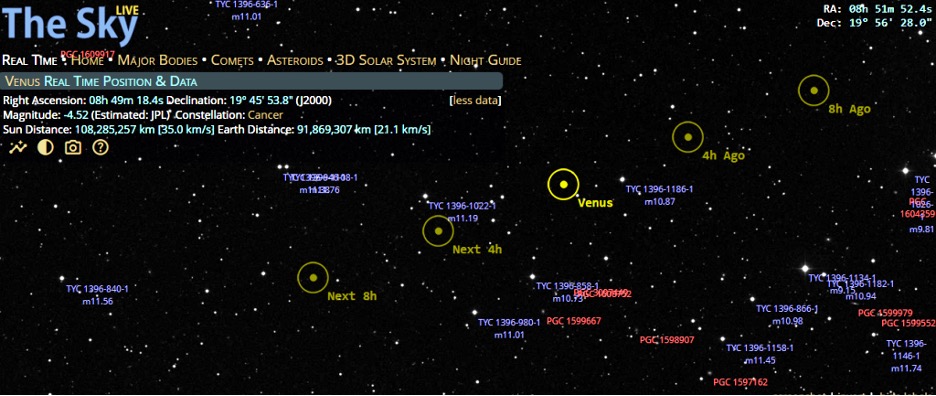
How many AU away is Venus from Earth?
The average distance between Venus and Earth is 0.645221 AU, the minimum is 0.25414, and the maximum is 1.74467 AU.
How far away is Venus from Earth in miles
We are now 52.1 million nautical miles apart. In different periods of time, this figure can vary from 20.5 to 140.9 million nautical miles.
If we measure in English statute miles, the distance will respectively be 59.9 million miles (average), 23.6 million miles (smallest) and 162.2 million miles (maximum).
How far is Venus from Earth in light years
Right now, it is about 0.0000097 light-years away from Earth.
By the way, the speed of light is considered to be 300 thousand kilometres per second. There are approximately 31.5 million seconds in a year. Thus, one light year is equivalent to 9460730472581 kilometres. Using this formula, you can calculate the distance between any objects in light years yourself.
Can you see Venus from Earth?
Yes. Even though millions of miles separate us from our celestial neighbour, in the morning and evening hours, we can see it in the sky with the naked eye. If the sky is clear of clouds, look for the brightest star. This will be Venus.
In the Northern Hemisphere, it can be seen in the eastern part of the sky. In spring, the planet’s visible duration time increases until midnight. If it is high above the horizon, then you will observe it without much effort.
To simplify the task of finding our neighbour in the sky, you can use free Stellarium or SkySafari 6 software that takes into account your location and time of observation.
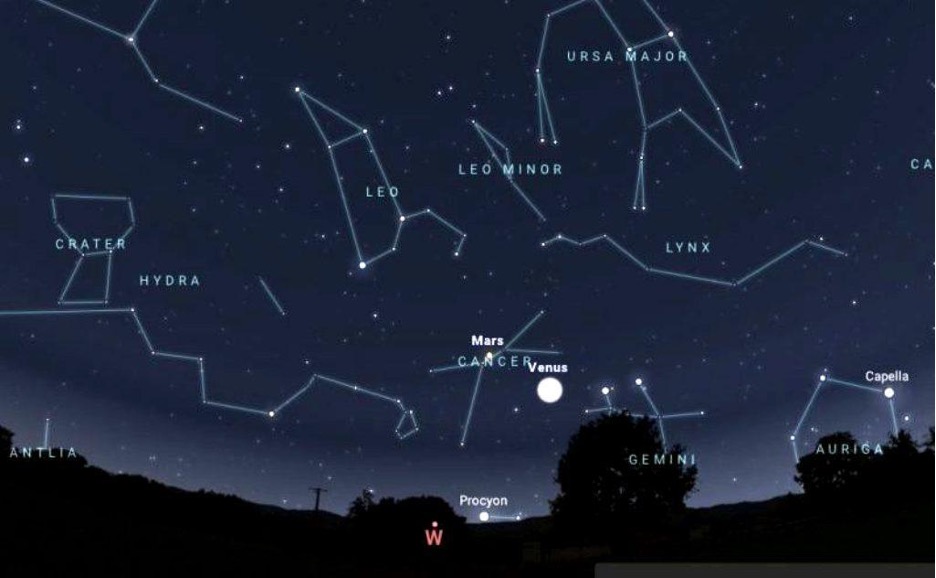
What is Venus’s distance from the Sun?
The true average distance from the Sun to Venus is about 108 million km, 67 million land miles, 58 million nautical miles, or 0.7 AU. When the planet is at the maximum or minimum distance from the star, these distances should be recalculated.
In other words, Venus’s distance from the Sun averages 0.72 AU but ranges from 0.71 AU at its closest to 0.728 AU at its farthest.
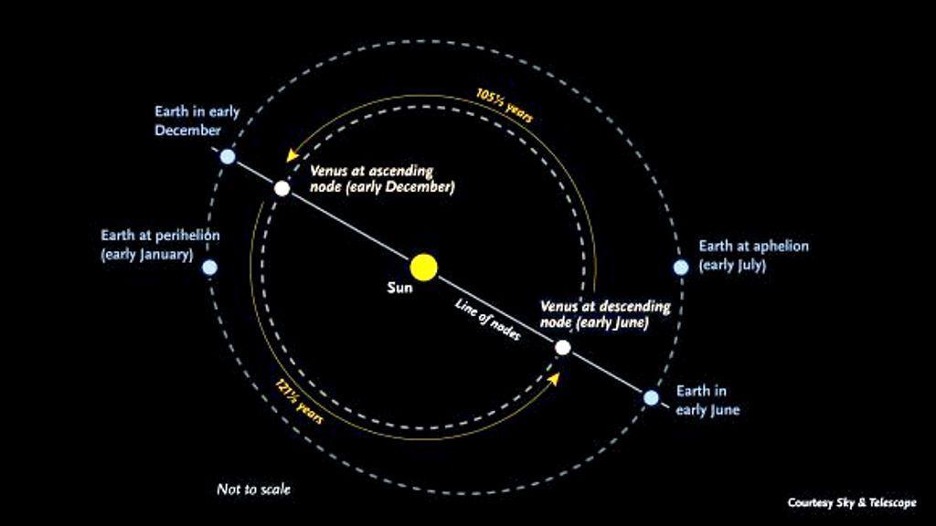
How old is the light we see from Venus?
In light years, we are talking about the age of 0.70000097 AU. That is how long it takes for a sunbeam to reach the second planet in our solar system, bounce off it, and overcome the distance from Earth to Venus.
How long would it take to get to Venus from Earth?
On a modern spacecraft, this can be done in about three or four months. We already have such experience. In 1962, the American probe Mariner 2 reached the planet in 110 days.
But of course, everything is relative because speeds can be higher, and Venus distance from Earth is not constant. In many ways, the exact time can be determined by the chosen flight path. If the goal is to orbit the planet safely, then the trip will take much longer.
Since objects accelerate as they approach the Sun,and this speed must be reduced to reach orbit. For example, in 1990, the Magellan spacecraft took about nine months to do this. And in 2005, a spacecraft called the Express took 153 days to reach Venus.
Will humans ever travel to Venus?
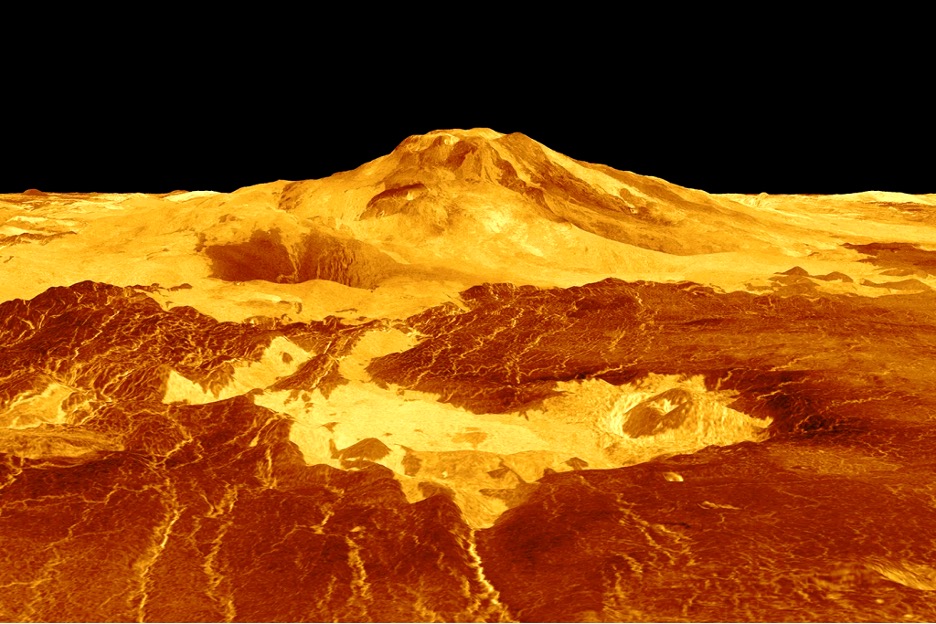
Someday, people will definitely get there. But it will be a literally hot trip. The thing is, the atmosphere of this heavenly beauty is extremely toxic and piping hot. Venus is lifeless, its surface is hotter than on Mercury, and its atmospheric pressure is 90 times greater than on Earth. There is air to breathe, and there is no water; instead, it has plenty of powerful volcanoes that erupt constantly. It will be necessary to create unique spaceships that could protect the astronauts from such a “killer” reception.
Why is NASA not interested in Venus?
On the contrary, NASA is very interested in our hot neighbour! The repeated attempts to launch unmanned research aircraft to Venus are definite proof of that. The agency also intends to support the VALHALLA project, put forward by students of one of the American universities, in 2021. The mission will not send people directly to the surface of Venus; instead, they will fly past the planet to get a closer view of it from above, controlling a team of drones that the Freya ship will take there. These drones will descend deep into the planet’s hot atmosphere and to the surface.
Right now, however, it is not clear when Freya will take place. Nor is it known whether Rocket Lab will carry out the 2023 Venus mission promised by Peter Beck. In any case, we will closely monitor the development of events and inform you of any updates or new developments.
Final Thoughts
Scientists have long known how far is Venus and how to get there. But sadly, the planet is harsh and lifeless and is unlikely to be happy about our visit. And yet, we will definitely get there someday. After all, as Billy Idol: sang: One Touch of Venus. And she’ll receive us…


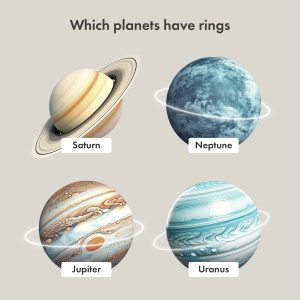



Thank you for your comment! It will be visible on the site after moderation.